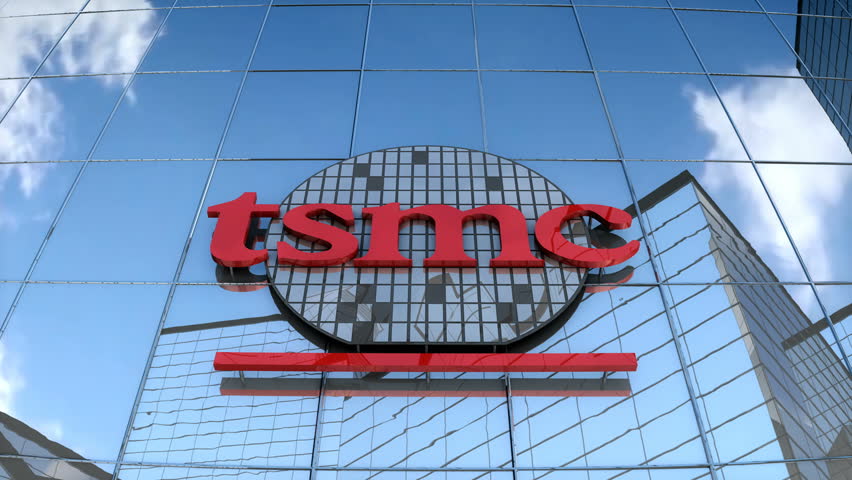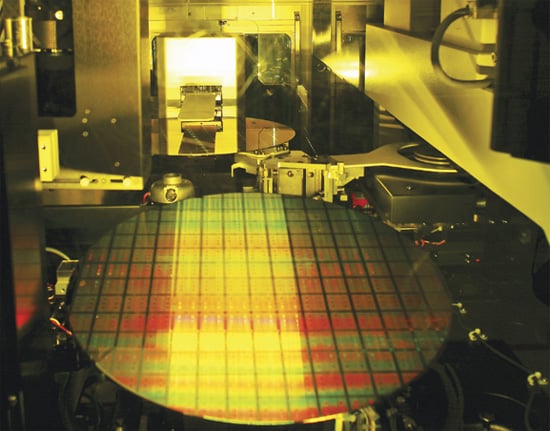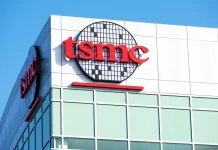In the 26th Technology Symposium, TSMC unveiled the details regarding its 7nm N7 process, 5nm N5 process, N4, and 3nm N3 process. The world’s largest contract chipmaker also introduced its latest 3DFrabric technology and hinted at what lay beyond the 3nm process node.

TSMC has already been leading the semiconductor industry, which started with it leaving Intel and Samsung behind after shifting to its 7nm process nodes. Since then, the company has also advanced towards the 5nm process, with the development of the 3nm nodes also being on track. In other words, TSMC is showing no signs of slowing its pace, with production for the 3nm process reaching mass production levels by 2022 while Intel’s 7nm is expected to arrive by late 2022 or even early 2023.
Editor’s Pick: OPPO A53 with Snapdragon 460, 90Hz display and 5,000mAh battery launched for Rs. 12,990 (~$174)
Notably, TSMC’s 5nm ‘N5’ uses the company’s EUV technology “extensively” which brings various improvements over the 7nm N7. According to official notes, the N5 process offers up to 15 percent more performance for the same power consumption as the N7 and even offers up to 30 percent power reduction for the same performance levels as well.

The improvement doesn’t stop there as the N5 also achieves 1.8X logic density gain over the 7nm N7 process. This translates to the defect density learning curve for N5 being faster than N7, meaning the 5nm process will achieve higher yield rates faster. The chipmaker has also enhanced N5P node in development for high performance applications and plans on ramping up production in 2021.
UP NEXT: Selpic P1 pen-type printer’s Indiegogo campaign extended for 15 days amid massive popularity







